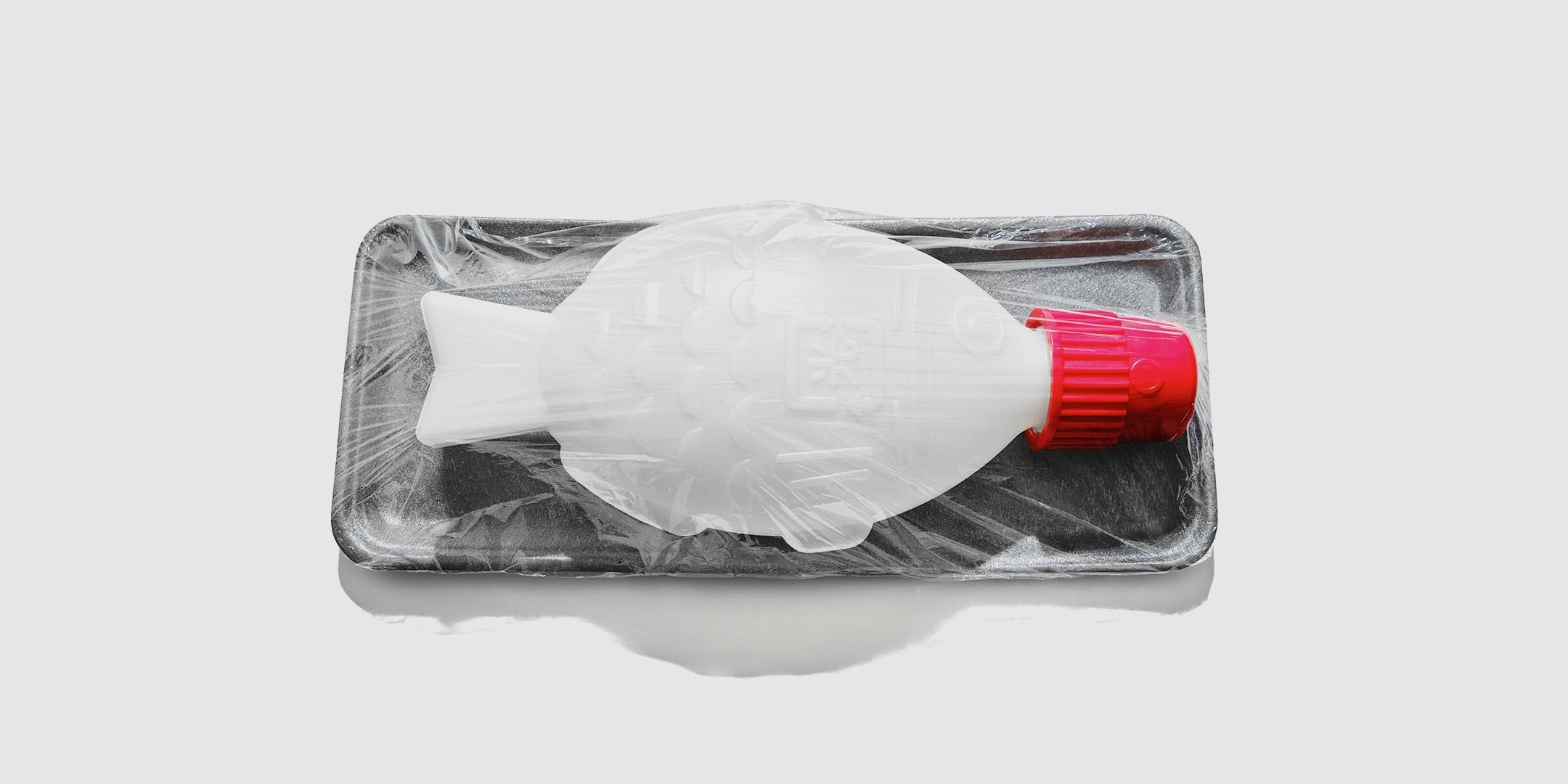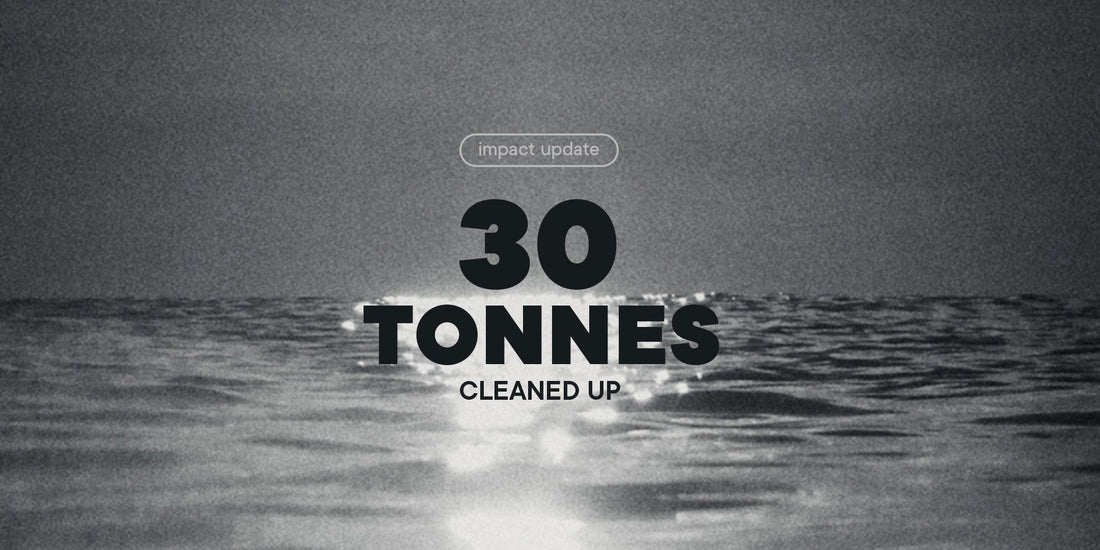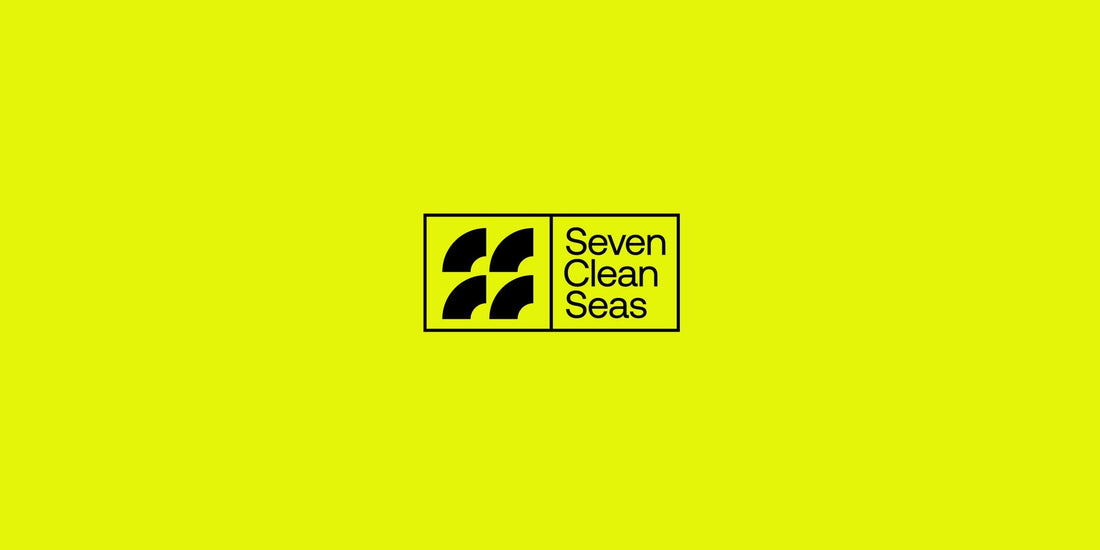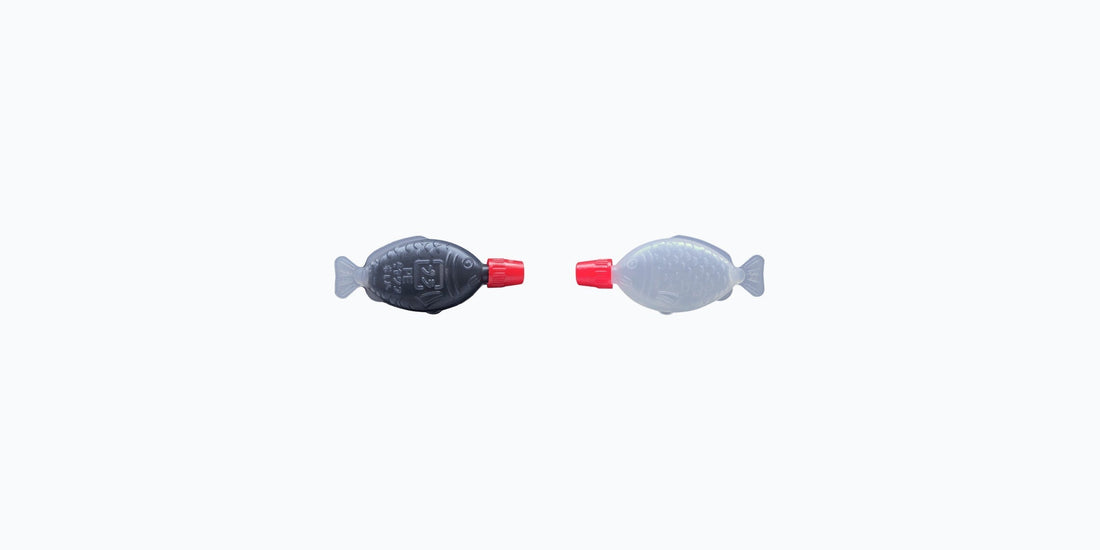The iconic soy sauce fish packets used with sushi are loved around the world for their cuteness & convenience, but they are an environmental disaster that is bad for the planet and our health.
It's time to drop the soy fish and opt for sustainable alternatives like our plastic-free, home compostable soy sauce dropper called Holy Carp!
History
The containers, called shoyu-tai (soy-sauce snapper) in Japanese, were invented in the 1950s to replace glass or ceramic bottles. They became a popular way to add a squirt of soy sauce to takeaway sushi. There are hundreds of different shapes and sizes.

The problem
Like plastic straws and coffee cups, the packets are a big waste! They’re used for just a few moments, then tossed. They are difficult to recycle, so they end up clogging landfills and in the ocean – sadly ironic given their shape.
We estimate between 8 and 12 billion soy fish have been used since they were introduced in the 1950s. Those plastics never went 'away'. They remain in landfills or the environment, breaking down into smaller microplastics that can enter our food supply.
These tiny fish are a powerful symbol of a wasteful, linear economy.
Single-use plastics
The tiny containers hold just a few drops of soy sauce. You might use a whole handful of them just to sauce a few piece of sushi. They’re hard to refill, so best-case they go into the trash and end up in landfill, or worst case they get tossed straight on the ground and end up in the ocean. What a waste!

Hard to recycle
While they are made of a recyclable plastic, polyethylene, the packets are so small they cause problems with recycling machines. To go through the machines properly, they need to be put into a larger container made of the same plastic. This means they are almost never recycled and in most cases you shouldn't put them in your recycling.
Destined to drift
Plastics go into drains and rivers and are carried to the ocean. They drift on ocean currents, slowly breaking down into smaller and smaller pieces until they become microplastic particles that enter our food and water supplies – polluting our bodies too.

Marine Life
Tragically, to birds and marine life, the packets look just like their normal food (fish!). Once ingested the plastics cause the animals to slowly and painfully starve to death. Bigger plastics can trap marine life, leaving them maimed, or slowly drowning them. All so we can have a few drops of soy sauce with our sushi.

Microplastics
Plastic lasts a long, long time, so packets that are used for just seconds will remain in the environment for hundreds of years exposed to sun, wind and water which break them down into microplastic particles. Microplastics have been found in our bodies, on the highest mountains, and at the deepest points of the ocean.

We can do better
Plastic is an amazing material – when it’s used sensibly – but so often it isn’t. We need to rethink our economy and stop waste and pollution at the source. As well as better habits, we believe that better design – of individual products and entire systems – is needed to fix plastic pollution. We need to rethink, reuse and recycle everything.

Every drop counts: skip the soy fish
You can make a big difference simply by refusing to use single-use products, and seeking sustainable alternatives when you can't avoid them, like our Holy Carp! soy dropper.
Our mission to stop plastic at the 'sauce'
We created Light Soy to highlight the big impact of small objects on ocean plastic and encourage people to quit single-use plastic. Light Soy’s recycled ocean-bound plastic shade is making a real difference in regions most affected by plastic pollution.
To date we've funded the cleanup of over 32 tonnes of ocean-bound plastic.
We also created Holy Carp! The first home compostable soy sauce dropper, so you can enjoy sushi without leaving plastic in your wake.











